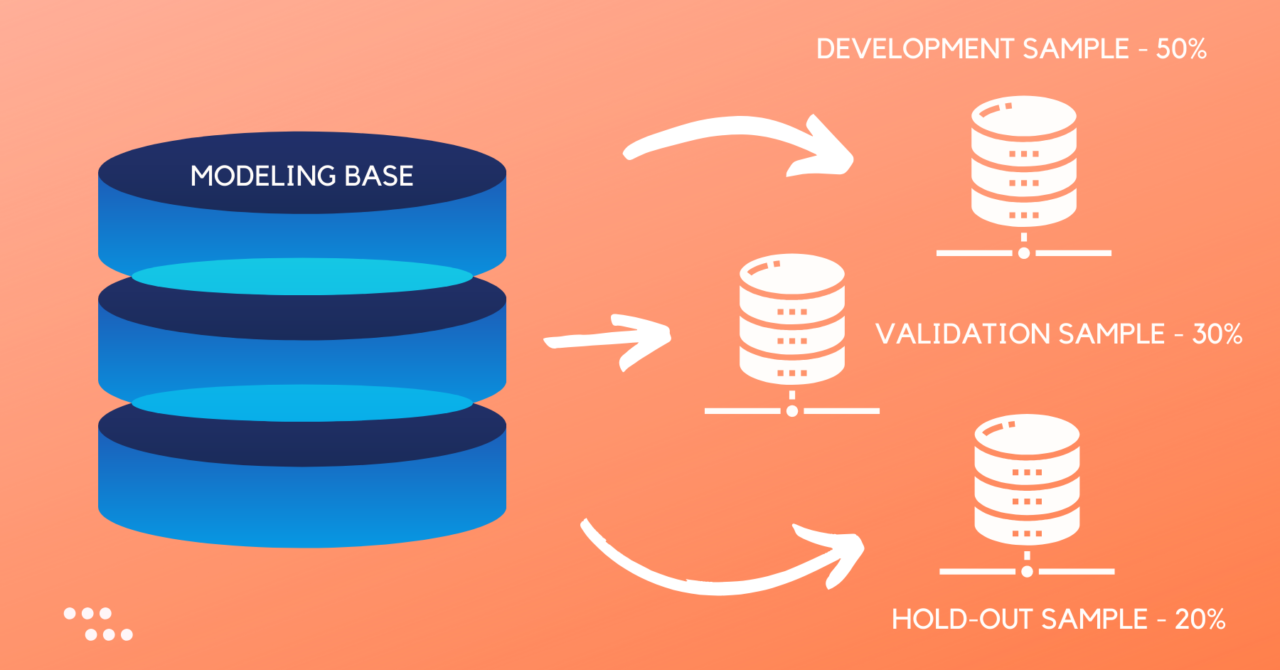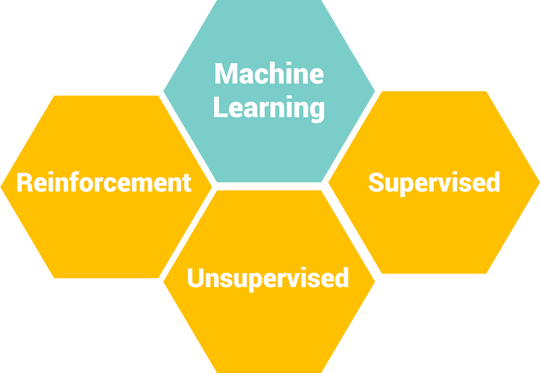What are Machine Learning Prerequisites and Machine Learning Terminologies for Beginners?
If you are keen to know the theory behind the algorithms and how they work, Knowing Below mentioned mathematical chapters and having knowledge of Python programming language is advantageous.
Also Read:What is Machine Learning in Artificial Intelligence and What are it’s applications?
Machine learning mathematics foundation
- Calculus
- Statistics
- probability theory
- Linear algebra
- Optimization theory
Mathematical tools
- Matlab
Python language
- Executable pseudo code
- Python is popular: it is widely used, has many code examples, and is rich in module libraries. The development cycle is short.
- Features of the Python language:
- clear and concise
- easy to understand
- Disadvantages of the Python language:
- The only downside is the performance issue
- Python related libraries
- Scientific function library:
SciPy,NumPy(bottom language: C and Fortran) - Drawing Tools Library:
Matplotlib - Data analysis library:
Pandas
- Scientific function library:
Machine learning terminology for beginners:
- Model: computer-level cognition
- Learning algorithm, a method of generating a model from data
- Data set: a collection of records
- Example: A description of an object
- Sample: also called an example
- Attribute: An aspect of an object’s performance or characteristics
- Feature: same attribute
- Attribute value: the value on the attribute
- Attribute space: the space where the attribute is expanded
- Sample space / sample space (samplespace): same attribute space
- Feature vector: Each point corresponds to a coordinate vector in the attribute space, and an example is called a feature vector.
- Dimension: describes the number of sample parameters (that is, the space is several dimensions)
- Learning/training: learning from data
- Training data: data used during training
- Training sample: each sample used for training
- Training set: A collection of training samples
- Hypothesis: The learning model corresponds to some potential rule about data.
- The ground-truth: the underlying law of existence
- Learner (learner): Another term for a model that instantiates a learning algorithm in a given data and parameter space.
- Prediction: the property of a thing
- Label: Information about the results of the example, such as I am a “good guy.”
- Example (example): Example of owning a tag
- Label space: a collection of all tags
- Classification: A prediction is a discrete value, such as a learning task that divides people into good people and bad people.
- Regression: The predicted value is a continuous value, for example, your good person reaches 0.9, 0.6 or the like.
- Binary classification: a classification task involving only two categories
- Positive class: one of the two categories
- Negative class: another one in the second category
- Multi-class classification: classification involving multiple categories
- Testing: The process of predicting a sample after learning the model
- Test sample: the sample being predicted
- Clustering: divides objects in the training set into groups
- Cluster: Each group is called a cluster
- Supervised learning: paradigm – classification and regression
- Unsupervised learning: paradigm–clustering
- Unseen instance: “new sample”, untrained sample
- Generalization ability: the ability of the learned model to apply to new samples
- Distribution: A law of obedience of the entire sample space of a sample space
- Independent and identically distributed (i, i, d.): Each sample obtained is independently sampled from this distribution.



1 Comment
Dataset Division,Model fit,Model Indicators, Feature Engineering in Machine Learning - projectsflix · January 5, 2021 at 6:50 pm
[…] Next:What are Machine Learning Prerequisites and Machine Learning Terminologies for Beginners? […]